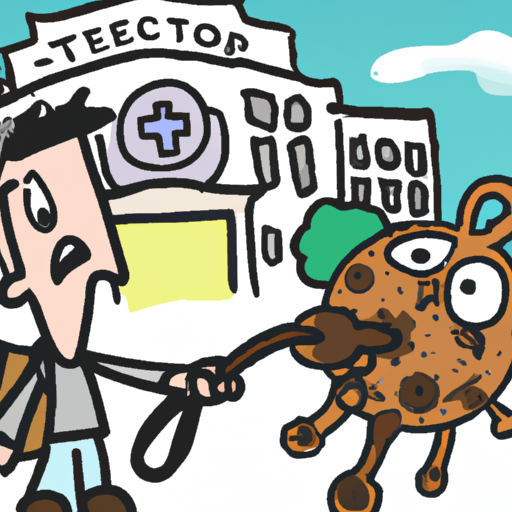Tetanus, also known as Lockjaw, is a severe bacterial infection that can threaten the life of your beloved pet. This article will explore how dogs get tetanus, its symptoms, treatment options, and preventive measures. As a caregiver, you play a crucial role in your pet’s health, and understanding this condition can help you safeguard their well-being.
1. Understanding Tetanus
Tetanus is a serious bacterial infection caused by a bacterium called Clostridium tetani. This bacterium is anaerobic, which means it can survive in environments without oxygen, such as deep wounds or dirt.
- Your dog can contract this infection from deep wounds or punctures contaminated with the tetanus bacterium.
- Tetanus can also be contracted through burns, frostbite, or any other injury that compromises the skin’s integrity.
This bacteria releases a neurotoxin that affects the nervous system, causing stiffness and spasms in muscles, hence the name “Lockjaw.”
2. Recognizing the Symptoms of Tetanus
Identifying the symptoms of tetanus early is critical for successful treatment. The symptoms of tetanus in dogs include:
- Stiffness in the muscles, especially the jaw
- Difficulty eating or drinking
- Trouble walking
- Spasms or seizures
- Fever
If your pet shows any of these signs, it’s essential to consult a vet immediately.
3. Treatment Options for Tetanus
Treating tetanus in dogs requires professional veterinary care. The treatment typically includes:
- Antibiotics to kill the bacteria
- Wound cleaning to remove the bacteria’s source
- Tetanus antitoxin to neutralize the toxin
- Muscle relaxants to control spasms and stiffness
- Supportive care such as IV fluids and nutrition
| Treatment | Purpose |
|---|---|
| Antibiotics | Kill the bacteria |
| Wound Cleaning | Remove bacteria source |
| Tetanus Antitoxin | Neutralize the toxin |
| Muscle Relaxants | Control spasms and stiffness |
| Supportive Care | Maintain hydration and nutrition |
4. Preventing Tetanus in Dogs
Prevention is always better than cure. As a caregiver, you can take several steps to prevent your dog from contracting tetanus:
- Regularly check your dog for any wounds or injuries.
- Clean any wounds thoroughly and consider seeking veterinary advice for deep wounds.
- Keep your dog’s living environment clean and free from debris that could cause injury.
5. FAQs About Canine Tetanus
Q: Is there a vaccine for canine tetanus?
A: No, unlike in humans, there isn’t a standard tetanus vaccine for dogs.
Q: Can all breeds of dogs get tetanus?
A: Yes, all breeds are susceptible, but it’s relatively rare in dogs.
Q: Can tetanus be transmitted from dogs to humans or vice versa?
A: No, tetanus is not contagious and cannot be transmitted between species.
Q: How common is tetanus in dogs?
A: Tetanus is rare in dogs due to their resistance to the toxin.
As a responsible pet caregiver, understanding how dogs get tetanus, recognizing its symptoms, and knowing the available treatment options can make all the difference in your dog’s health. Regular check-ups and maintaining a clean environment for your dog can help prevent this serious condition.



